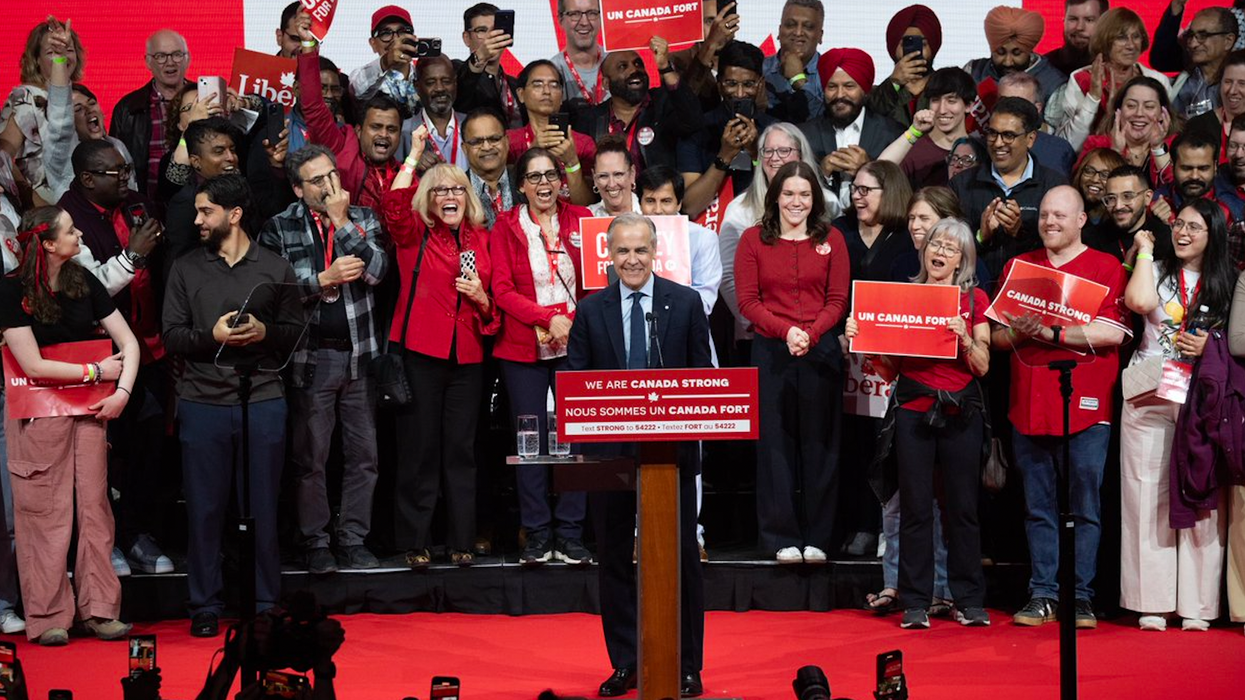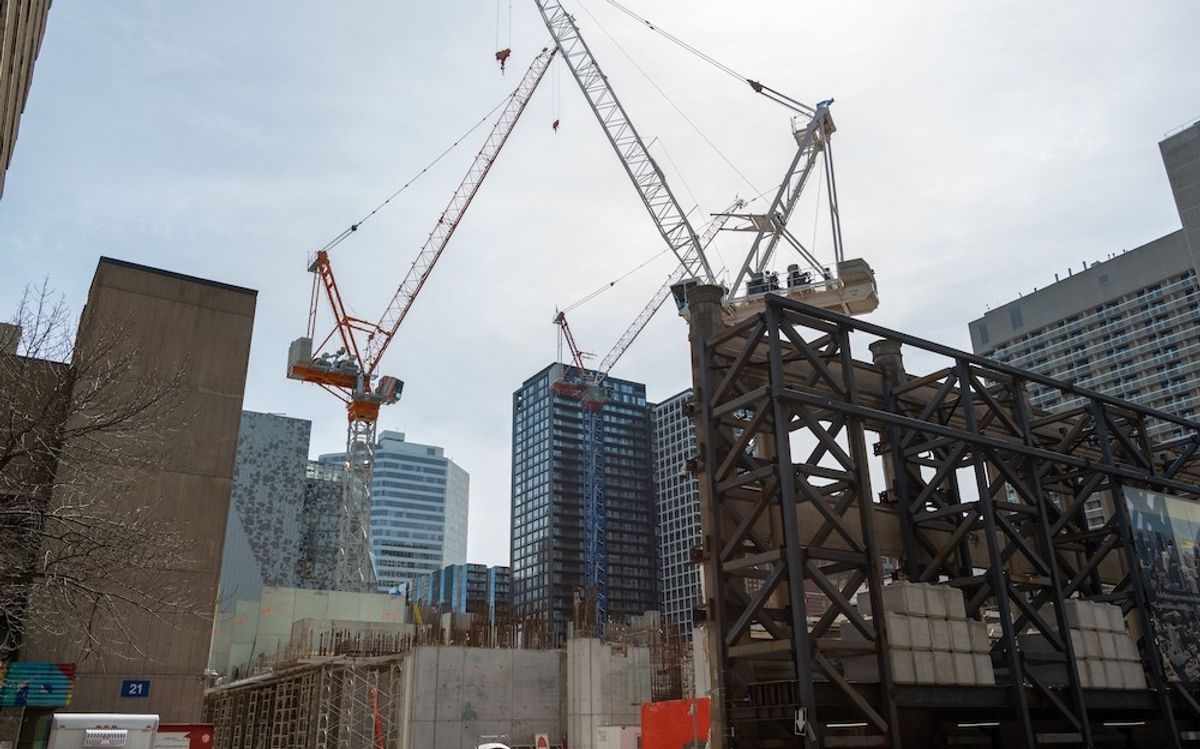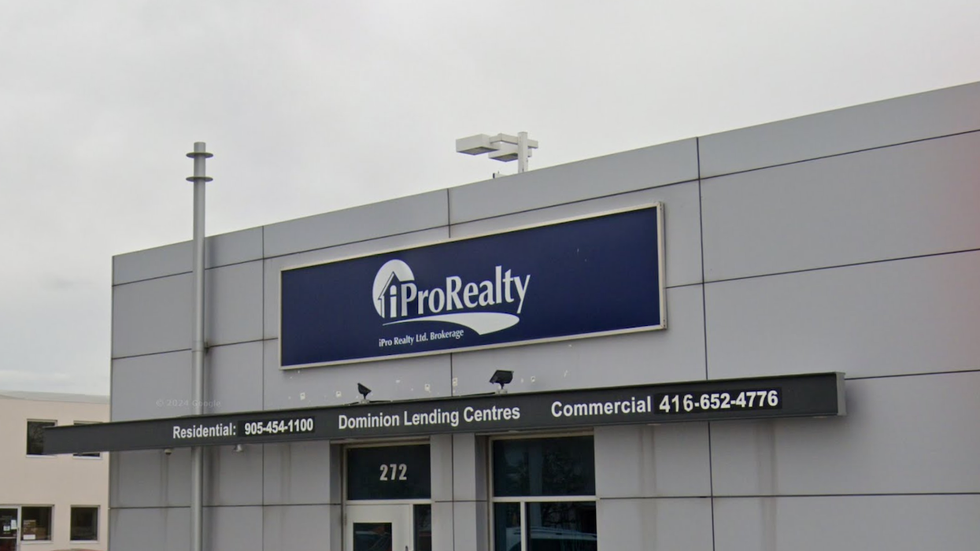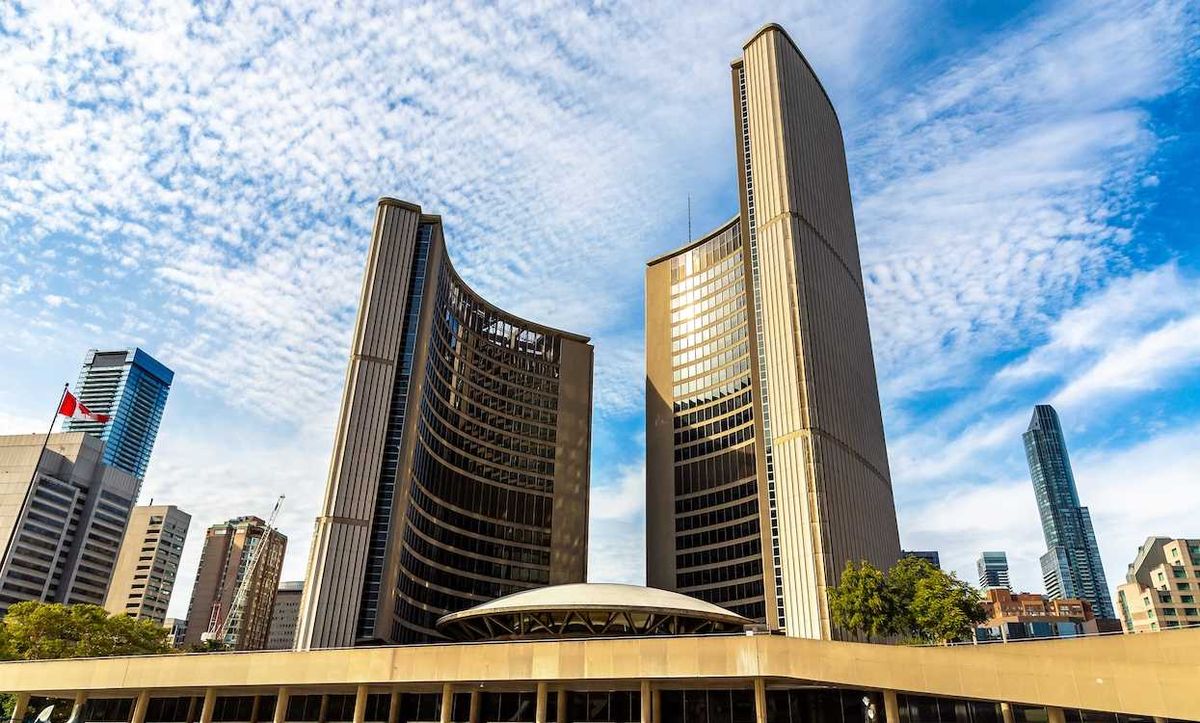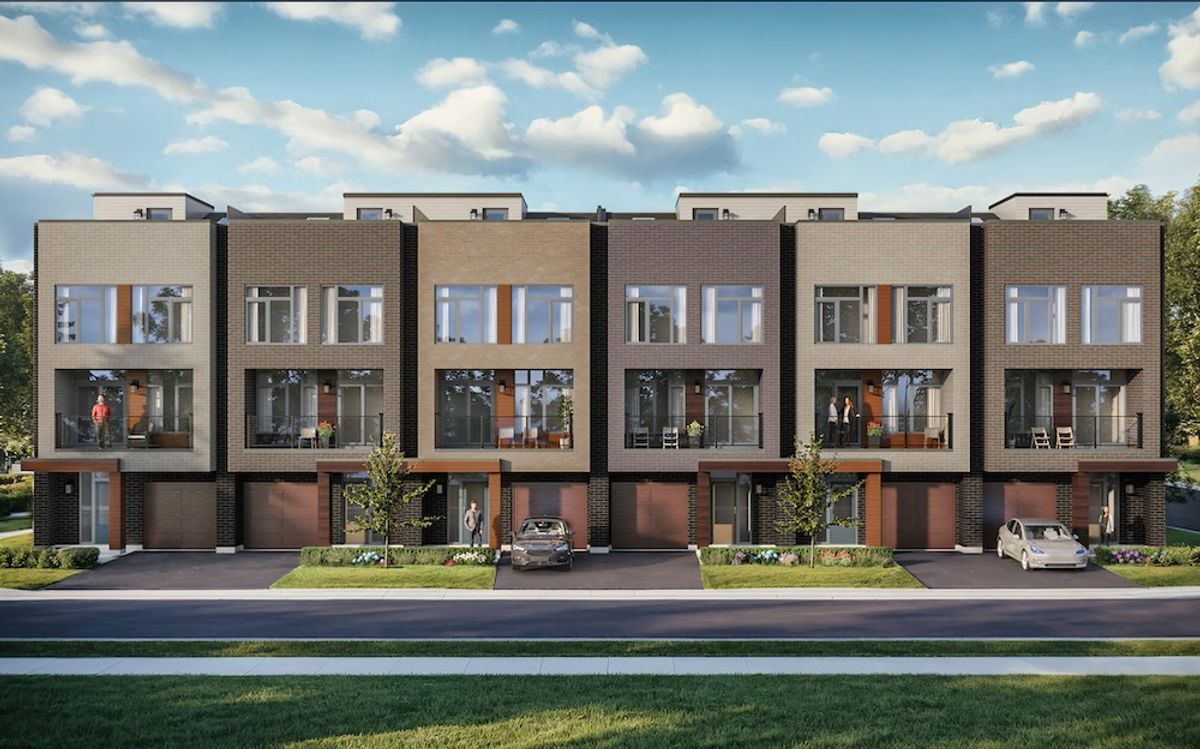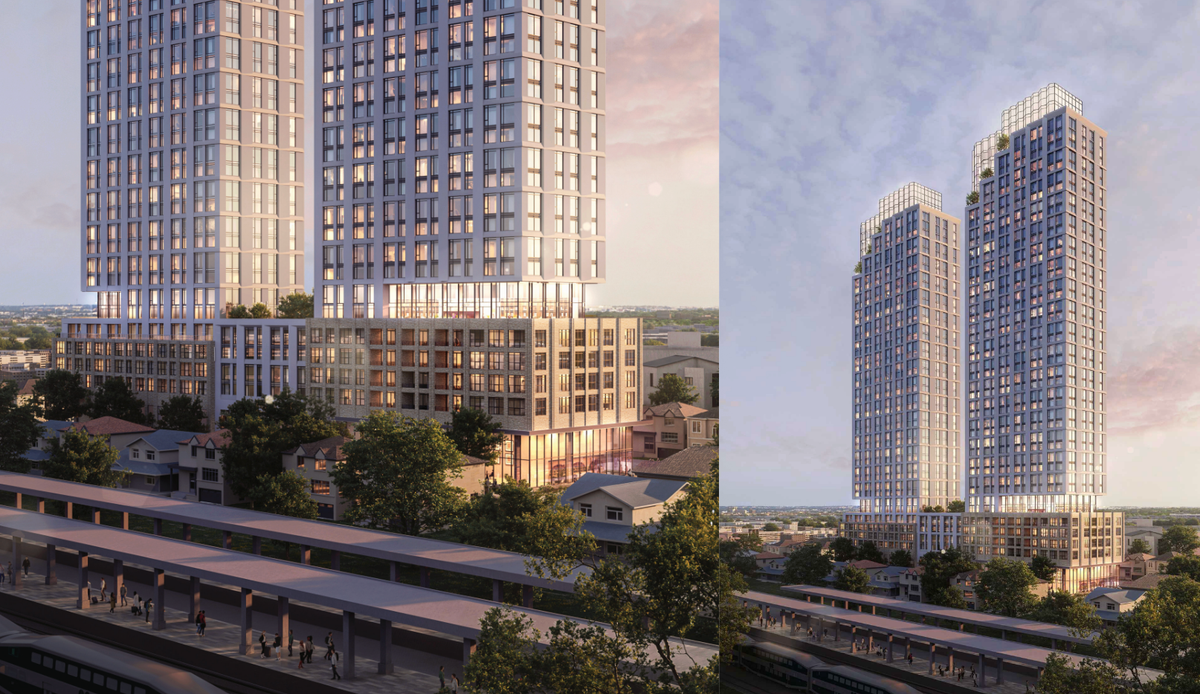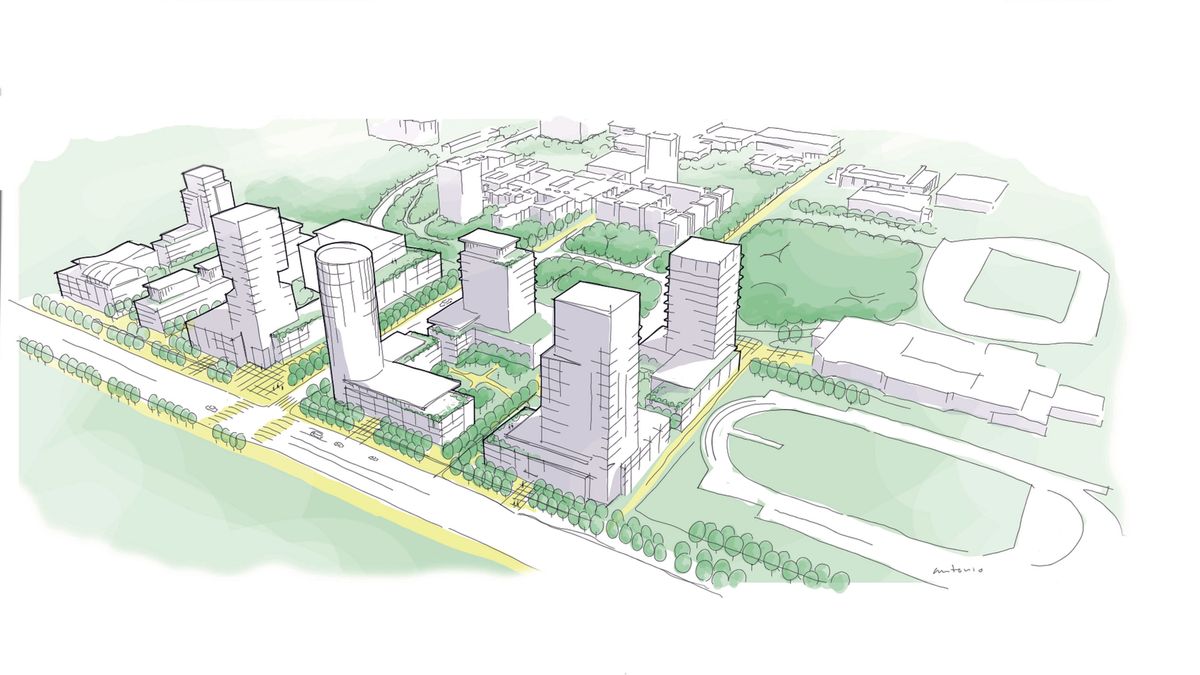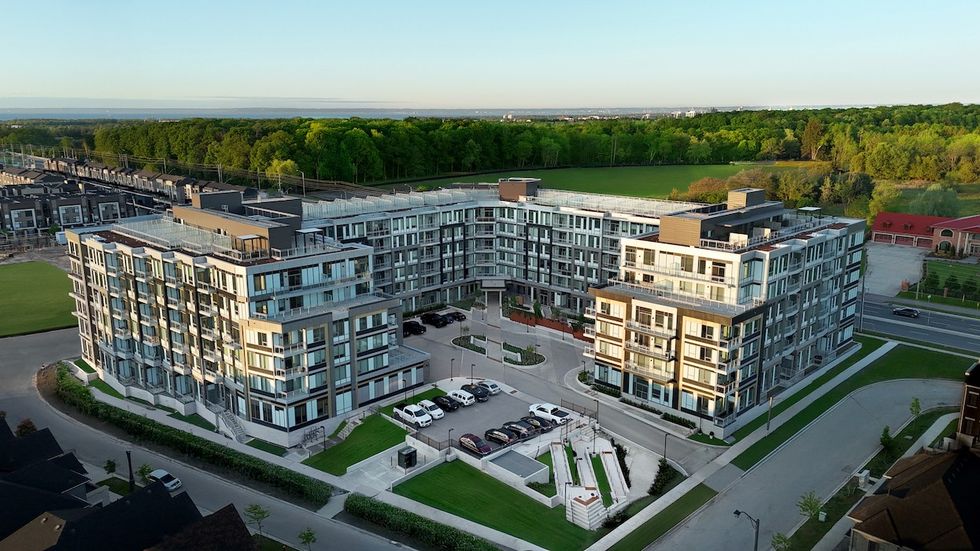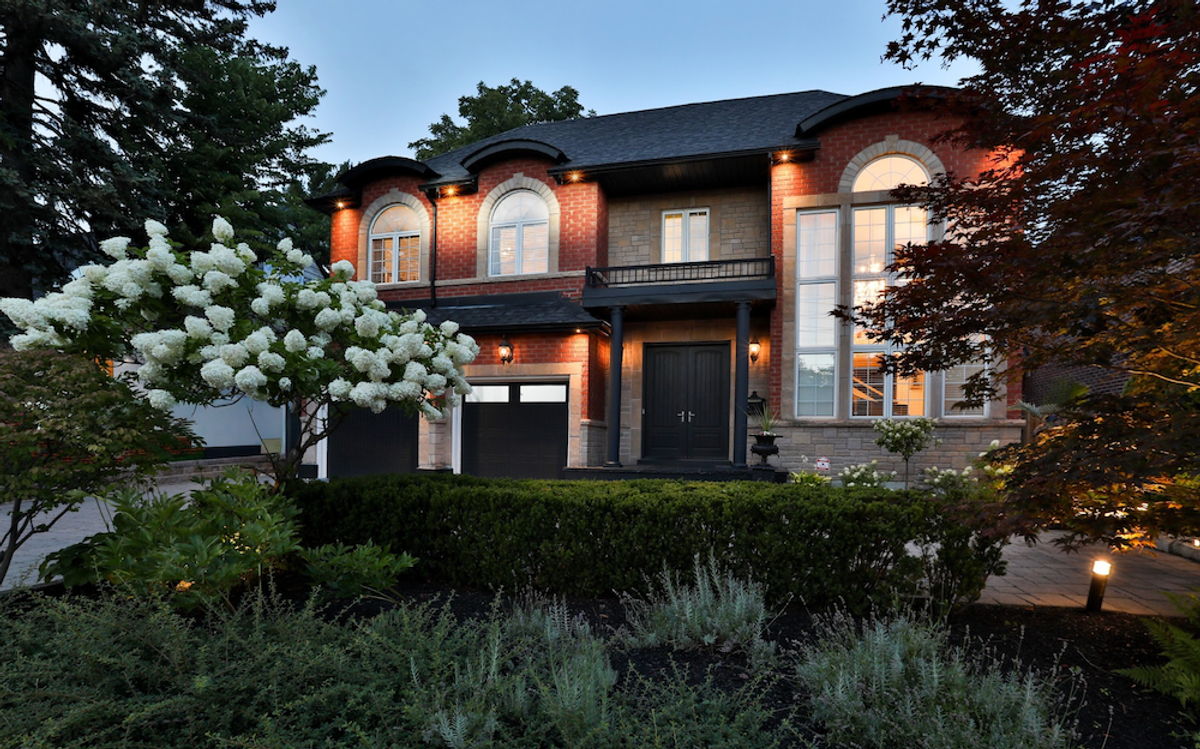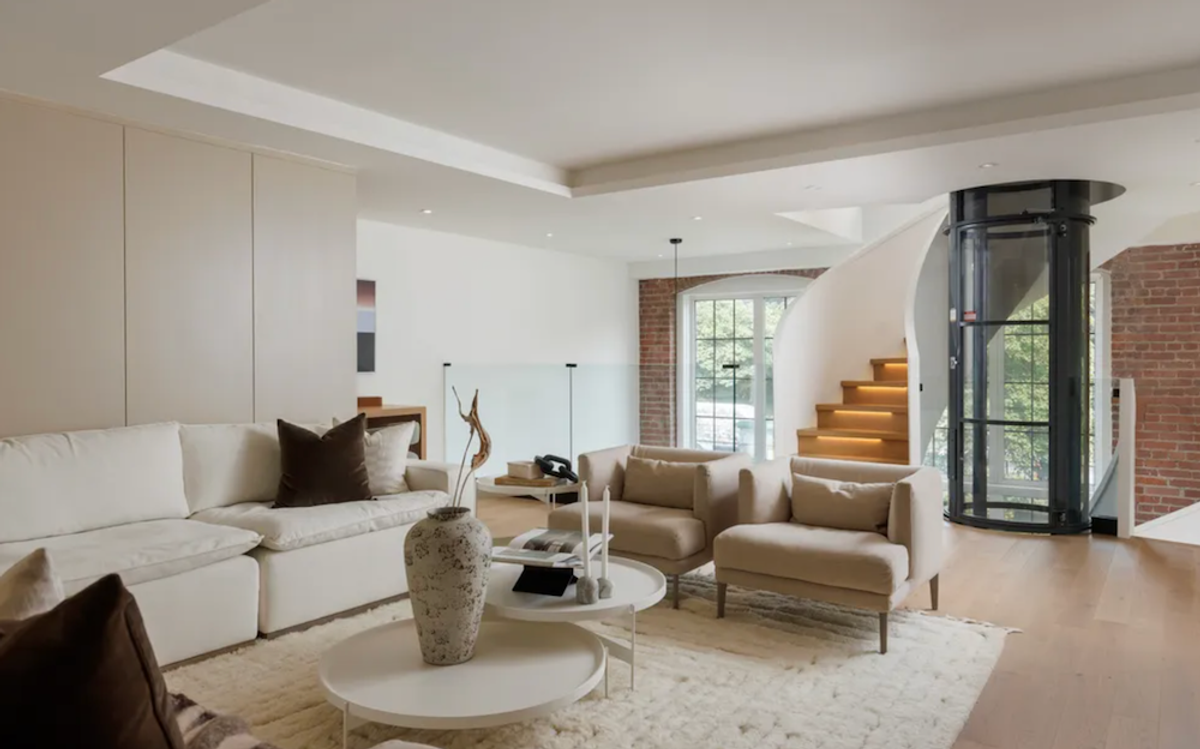Last night, the Canadian federal election ended with Liberal leader and current Prime Minister Mark Carney winning a tight race that also saw Conservative leader Pierre Poilievre officially lose the lead he had enjoyed for the previous two-odd years (and his own riding).
While vote counting is ongoing, the Liberals have at least secured the number of ridings needed for a minority government, achieving 168 out of 343 ridings, just four seats shy of a majority government.
The win comes after a surprising reversal of the Liberal Party's long-declining support, which fell alongside former-Prime Minister Justin Trudeau's popularity. Carney's election in March commenced the reversal of this trend as polls leading up to the election increasingly showed growing support for the former governor of both the Bank of Canada during the '08 09' recession and the Bank of England during Brexit.
Whether it was the threat of tariffs from our southern neighbours or his objectively impressive resume handling economic adversity, Canadians have chosen Carney as the leader best positioned to tackle the nation's long list of crises.
Going into the election, polls showed the housing crisis was one of the most salient of these crises for voters — a fact evident in the amount of airtime and policy proposals related to housing and development seen in the last month.
During his acceptance speech, Carney reiterated his focus on housing. "We will need to think big and act bigger. We will need to do things previously thought impossible at speeds we haven’t seen in generations," he said. "It’s time to build twice as many homes every year with an entirely new housing industry using Canadian technology, Canadian skilled workers, Canadian lumber."
On the campaign trail, both Carney and Poilievre paid a lot of lip service to housing solutions, from tax incentives, to cutting red tape, and even to forming a WW2-esque national housing corporation, but once the streamers and confetti are cleared, Canadians will now see if the winning party is up to the task of restoring housing affordability.
Carney has said he will double Canada’s current rate of residential construction over the next decade to reach 500,000 homes per year. Here is what Canadians can expect from him on the housing file:
Probably the most significant proposal from Carney would be the creation of Build Canada Homes (BCH) — a government entity that will build affordable housing; "catalyze the housing industry" by providing $25 billion in debt financing, $1 billion in equity financing to Canadian prefabricated home builders, and issuing bulk orders of units from manufacturers to create "sustained demand"; and $10 billion in financing to affordable homebuilders.
The proposal echoes the successful wartime housing effort carried out by the feds during and after the Second World War, but some developers STOREYS has spoken to are doubtful a similar program would be as successful in today's more complex building climate.
Another big promise comes in the form of the elimination of GST on new homes at or under $1 million for first-time homebuyers, a move intended to make purchasing a home more affordable for this disadvantaged cohort, while also spurring new home construction across the board. The tax break is widely welcomed, but it has been criticized for excluding large portions of the market, especially in comparison to Poilievre's proposed GST break.
For his part, Poilievre had proposed to eliminate GST on homes up to a greater $1.3 million for all Canadians, if elected.
Additional tax incentives proposed by Carney include the reintroduction of a 1970s-era tax incentive called the Multiple Unit Rental Building (MURB), which encourages the construction of rental buildings by allowing rental apartment investors to deduct from their personal taxes, not only expenses incurred from things like minor building repairs, accounting or legal fees related to the property, or even the purchase price of the building, but also the depreciation of the building's value. In turn, the investor could receive a bigger tax refund and enjoy a tax-sheltered investment.
On cutting red tape, Carney is sticking with the Liberal's Housing Accelerator Fund but intends to improve upon it by making the program more transparent by reporting on municipalities' progress to implement reforms that will allow more housing to be built — something the program has been criticized for. Via the Housing Accelerator Fund, on his platform, Carney says he will "cut municipal development charges in half for multi-unit residential housing and work with provinces and territories to make up the lost revenue for municipalities for a period of five years."
Other proposed efforts to speed up approvals include allowing builders and other orders of government to apply for multiple projects at once, fast-tracking applicants who have a proven record with government funding, and simplifying the Building Code.
In speaking to developers leading up to the election, STOREYS overwhelmingly heard calls for a change to the status quo. Regardless of who came to power, developers wanted to see more pro-development policies that slash red tape and provide more robust financing and incentive programs.
Following Carney's win, those in the real estate and development industries applauded his victory but reaffirmed their desire to see material changes to combat the nation's housing crisis.
"Let all of us put our partisan positions aside and fully support the PM — we have much to do, let's not have infighting distract us. Canada First, Canada Strong," Executive Chair and Founder of KingSett Capital, Jon Love, posted to Linkedin.
“[Carney] shared a number of smart ideas […]. We’ll be watching closely to see these policies delivered," posted CEO of Fitzrovia Adrian Rocca. "But I remain deeply concerned about the creation of a centralized Build Canada Homes entity. More bureaucracy is not the answer. Builders build homes, bureaucracies build bottlenecks.”
As the dust settles, we'll see soon enough if Carney's election holds the change developers were hoping for.
